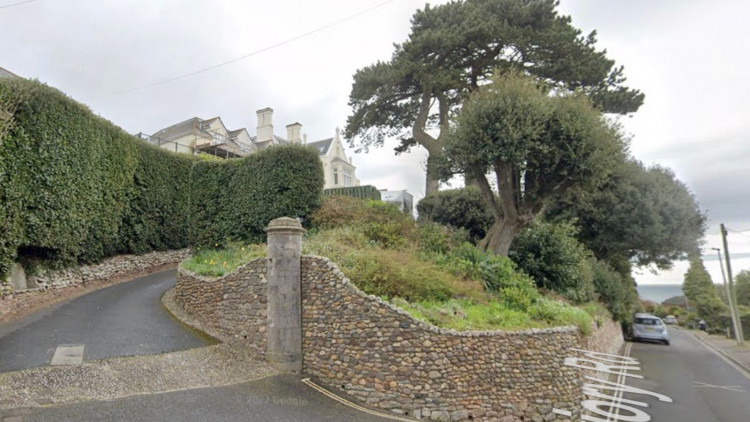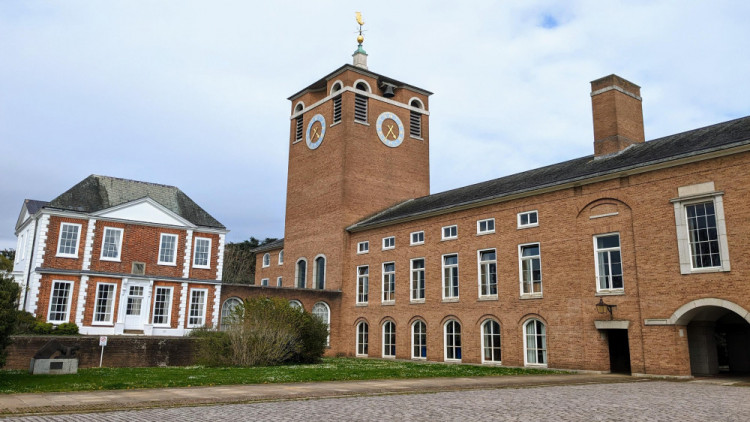My 52 years in Dawlish, by town councillor and former Mayor Rosalind Prowse
By Philippa Davies
23rd Jul 2021 | Local News
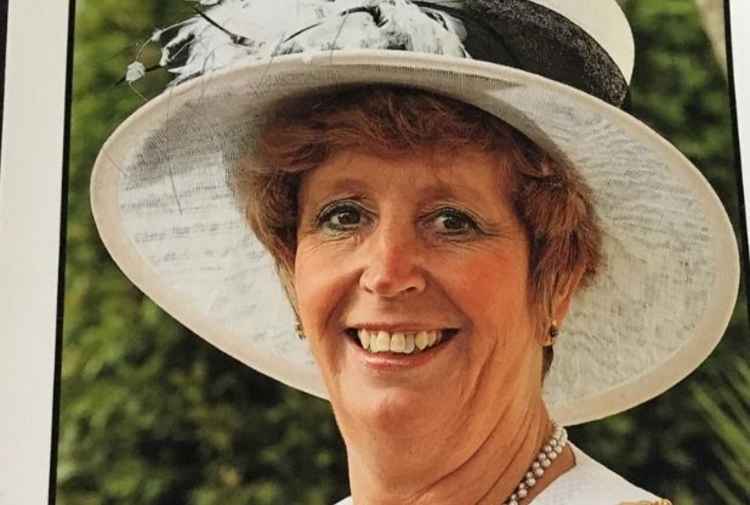
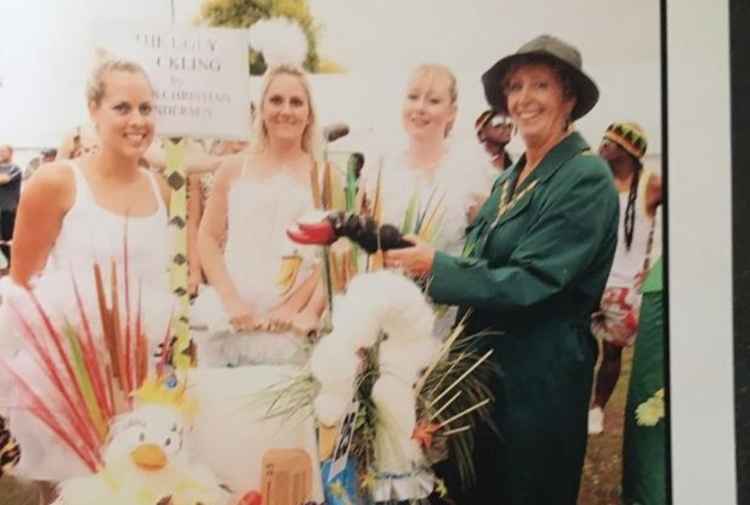

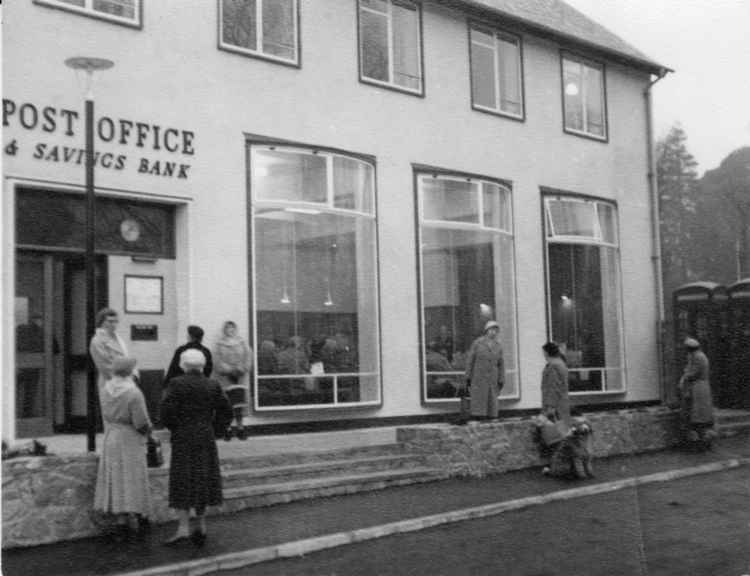
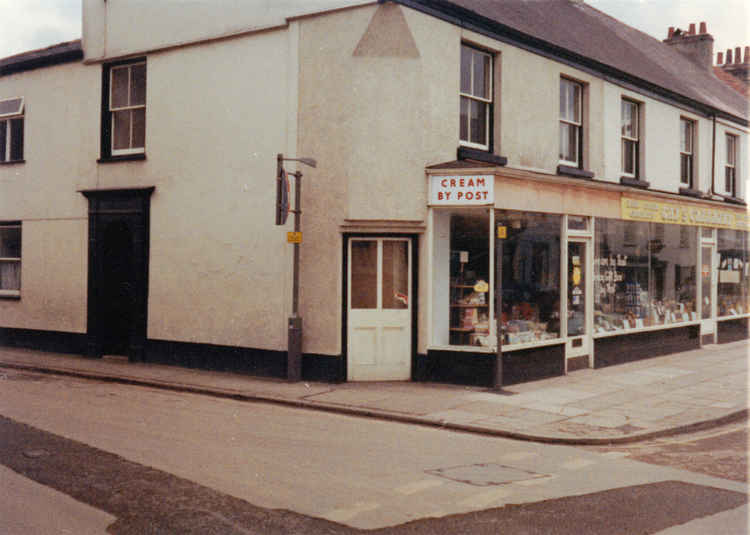
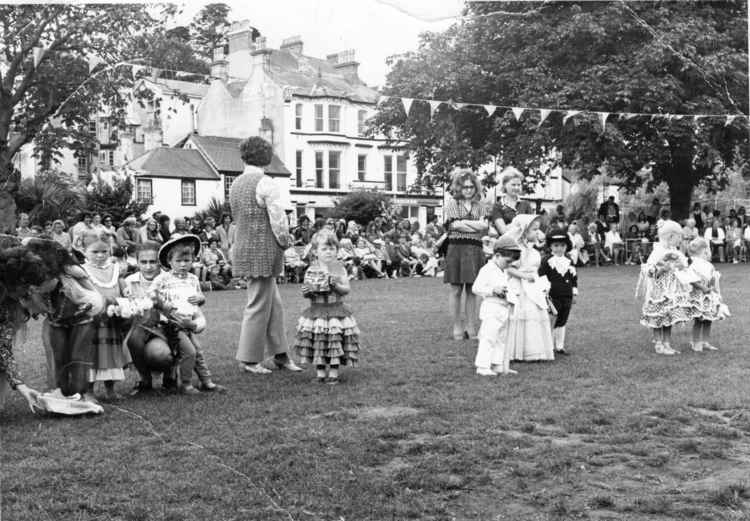
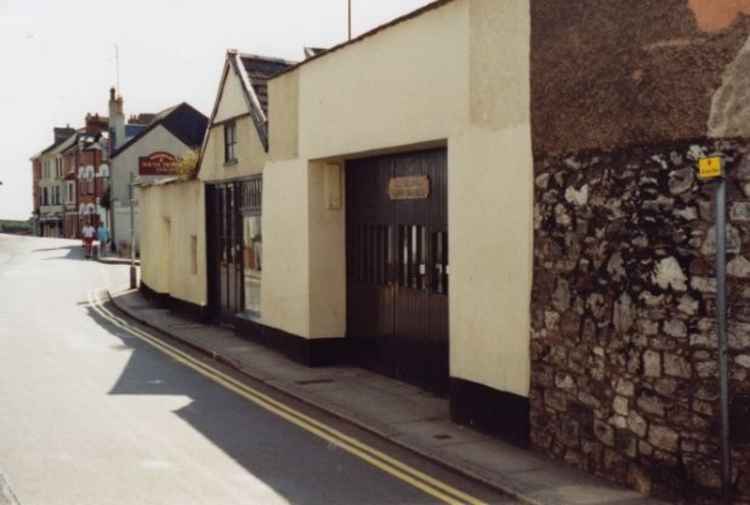

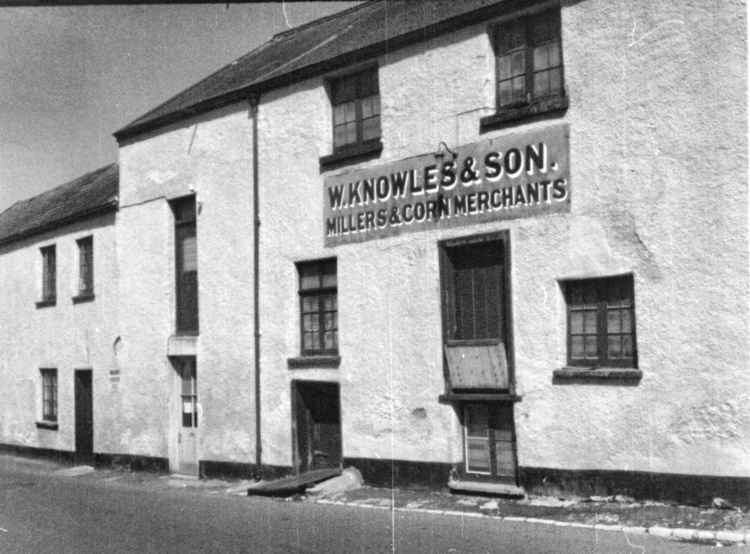
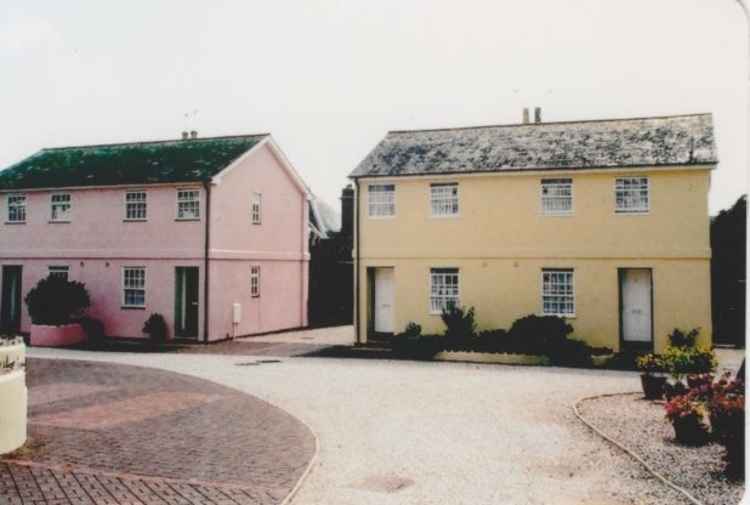
Rosalind Prowse has lived in Dawlish for 52 years, and been a town councillor for 18 years. She was Mayor in 2004, which was the busiest year of her life - she attended more than 500 events and meetings.
Of that year, she said: "There was so much to do, and I supported as much as possible. Sometimes five things in a day. It was a wonderful experience but I gave it my all and could never repeat it."
During her time in Dawlish, Cllr Prowse has seen a lot of changes, and she's written this article for Dawlish Nub News about how the town has developed in those five decades. Photos of old businesses and other buildings supplied by Dawlish Local History Group and Dawlish Museum Archive.
In the later 1960s I arrived to live in Dawlish. A London girl of the Swinging Sixties with parents who lived by the sea in Hampshire, and where I did a great deal of sailing, mostly racing in Fireballs and Hornets. Fast boats for their time.
My knowledge of this part of Devon was based on two holidays in Torbay; most of the rest was holidays spent in Cornwall as I had a Cornish grandmother. I do not know what I expected, but I found a place very different from today's Parish. It appeared to be cut off from the busy world I was used to.
Dawlish has two great claims to fame: a) it is part of the Brunel railway line linking the West Country to London and b) many people spent their holidays here at the Warren at the caravan and camping sites - also not forgetting the famous Black Swans, although before WW11 there were white swans, but the two breeds are not compatible.
Growth had been slow with some development around the Coronation Avenue area which had a large council estate built in the early 50s.
Today this is a social housing area owned by Teign Housing or privately-owned homes bought in the Maggie Thatcher era of Right to Buy. No Oaklands Park or West Cliff Park Drive. The main A379 from Teignmouth ran down past the Smugglers Inn and Shell Cove House and up passing The Cliffs Convalescent Home all on the right hand side while on the left by the Toll House was a farm and caravan site. Some houses were built before the war in South Downs Road and some after.
The Smugglers Inn has an interesting history and in the late 60s was much as it had been before the War, but has now been altered considerably, although the centre remains built of Devon Cob.
All this changed around 1970 when Devon County Council decided to make changes and bought the land which today is Oaklands Park, John Nash Road and the surrounding residency. The main road was altered and now runs straight past South Downs Road and Coronation Avenue down into Dawlish. Many people live in homes which were not there when I first arrived, and Holcombe, one of the settlements of the Parish, has had many houses built some on land where great houses once stood. The Village Hall has doubled in size, thanks in part from a legacy from Joan Copp who once farmed the land on which the Nash estate is built. She was a great supporter of the local community.
Shell Cove House is a popular holiday destination with self-catering accommodation. It has been occupied during the war for a time by Americans. It still has private access to Shell Cove beach, which was reached by locals in boats, or the more daring running through the railway tunnel at great risk.
This growth was the result of many people coming to the area after the war to the lovely seaside before foreign travel was even thought of, and deciding this was where they would come. We had much to offer; easy access to Exeter and Dartmoor, but of course no motorways, and Telegraph Hill which was called the longest lane in England.
To the east of Dawlish the first development after the war was what is known as the Wimpey estate, but in the 70s the land next to it was bought to expand the housing. It stood idle for some 10 years before the area around Carhaix Way had homes built.
Dawlish Warren was considered to be the holiday area and not to be developed. This is of course not how it is today. The Langstone Cliff Hotel has changed and expanded over the last 50 years and in normal times is a very popular venue.
Fifty years ago the A379 from Exminster to Torquay was full of houses and small hotels offering dinner, bed and breakfast, and several pubs that are no longer in existence such as the Rockstone Hotel near Marine Parade. Many changed into nursing homes and holiday apartments, and others closed due to a change in holiday attitudes.
Dawlish has also lost a lot of its shops and businesses over the years, There used to be four banks, a major Post Office, four butchers, four greengrocers, two building societies, a fishmonger, two off-licences, two jewellers, at least three ladies' and gents' outfitters, and a branch of Woolworths. There were no supermarkets.
The town centre is like another world now, which shows how much our shopping habits have changed.
Most people worked in tourism and social care. Not many worked outside the town.
The place I came to live in has changed enormously, but the heart and the people remain. The town has always had a great spirit and has risen to the challenges it has had to face.
New dawlish Jobs Section Launched!!
Vacancies updated hourly!!
Click here: dawlish jobs
Share:
